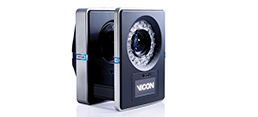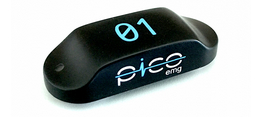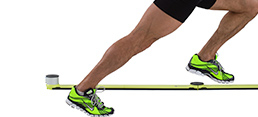
Joint control of the lower extremities during functionally dynamic movements
In the biomechanical research area of the Institute of Sport and Sport Science, special attention is paid to the connection between human mechanics and neuromuscular control. The research focuses on joint control of the lower extremities during functionally dynamic movements. The focus is on applied sports biomechanics and orthopaedic biomechanics. For example, mechanisms and risk factors of specific injuries and pathologies are analysed biomechanically in order to derive targeted preventive and rehabilitative measures on this basis.
Specific research fields and questions are:
- Modulation of knee and ankle control during complex dynamic movements
- Orthopaedic biomechanics (mechanisms of ankle joint traumas and injuries of the anterior cruciate ligament, chronic ankle instability, biomechanical mode of action of bandages and orthoses)
- Analysis of the influence of sports shoes (especially football and running shoes) on joint stress and athletic performance
- Development and testing of training programmes for the Prevention and rehabilitation of sports injuries
- Biomechanical diagnostics of top athletes (e.g. ski jumpers)
In the field of sport motor skills, the Institute of Sport and Sport Sciences at the University of Fribourg focuses on functional adaptation mechanisms to training and motor learning as well as on sport-related movement control. In this context, neuromuscular control and adaptation processes are investigated in basic research-oriented work.
Click here for the research activities in the field of sports motor skills




